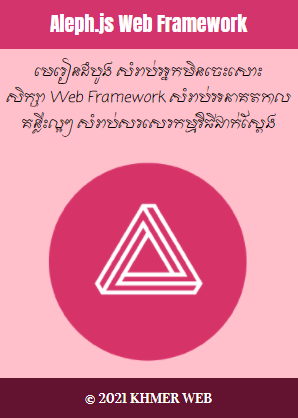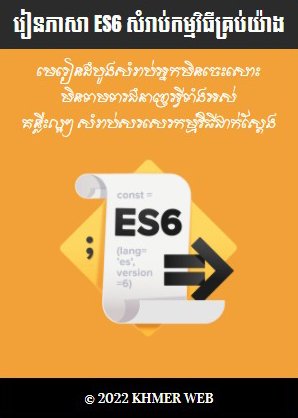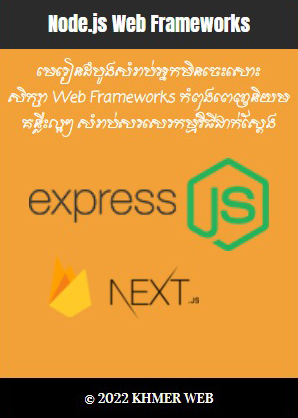
នៅពេលដែលយើងសរសេរពាក្យស្វែងរកការផ្សាយណាមួយ លទ្ធផលនៃការស្វែងរកនឹងត្រូវបង្ហាញនៅលើទំព័រពិសេសម៉្យាង ដែលយើងអាចហៅជាភាសាខ្មែរថា «ទំព័រស្វែងរក» ។ ហើយដើម្បីរចនាទំព័រស្វែងរកអោយមានរូបរាងទៅតាមការចង់បានរបស់យើង ជាដំបូងយើងត្រូវបើកឯកសារឈ្មោះ search.php និងសរសេរកូដមួយចំនួននៅក្នុងឯកសារនោះ ដូចខាងក្រោមនេះ៖
<?php
/**
* The template for displaying search results pages
*
* @link https://developer.wordpress.org/themes/basics/template-hierarchy/#search-result
*
* @package Lotus_Blue
*/
get_header();
?>
<?php
if(!wp_is_mobile()){
get_template_part( 'template-parts/home', 'ad' );
}
?>
<?php if ( have_posts() ) : ?>
<?php
/* translators: %s: search query. */
printf( esc_html__( 'លទ្ធផលនៃការស្វែងរកពាក្យ: %s', 'lotus-blue' ), '' . get_search_query() . '' );
?>
<?php
/* Start the Loop */
while ( have_posts() ) :
the_post();
/**
* Run the loop for the search to output the results.
* If you want to overload this in a child theme then include a file
* called content-search.php and that will be used instead.
*/
get_template_part( 'template-parts/content', 'search' );
endwhile;
the_posts_navigation();
else :
get_template_part( 'template-parts/content', 'none' );
endif;
?>
<?php
get_sidebar();
get_footer();
បន្ទាប់មកទៀត យើងចាំបាច់ត្រូវបើកឯកសារមានឈ្មោះថា content-search.php នៅក្នុងថត template-parts រួចសរសេរកូដមួយចំនួនដូចខាងក្រោមនេះ៖
<?php /** * Template part for displaying results in search pages * * @link https://developer.wordpress.org/themes/basics/template-hierarchy/ * * @package Lotus_Blue */ ?> <article id="post-" <?php post_class(); ?>><?php the_title( sprintf( ' </article>', esc_url( get_permalink() ) ), '
' ); ?> <?php if ( 'post' === get_post_type() ) : ?> <?php endif; ?>






















